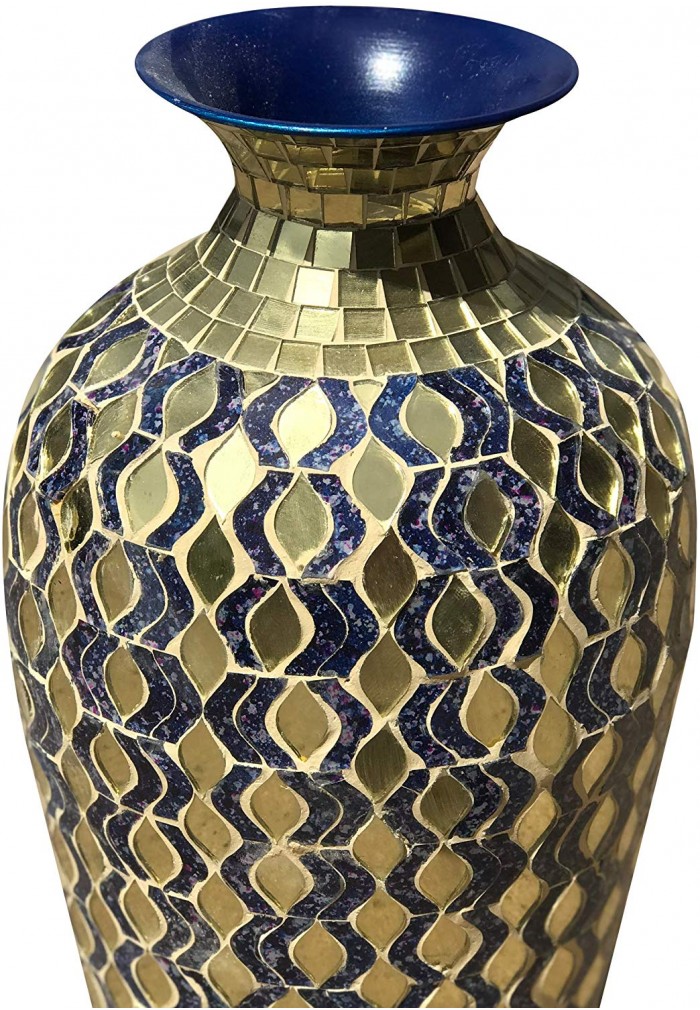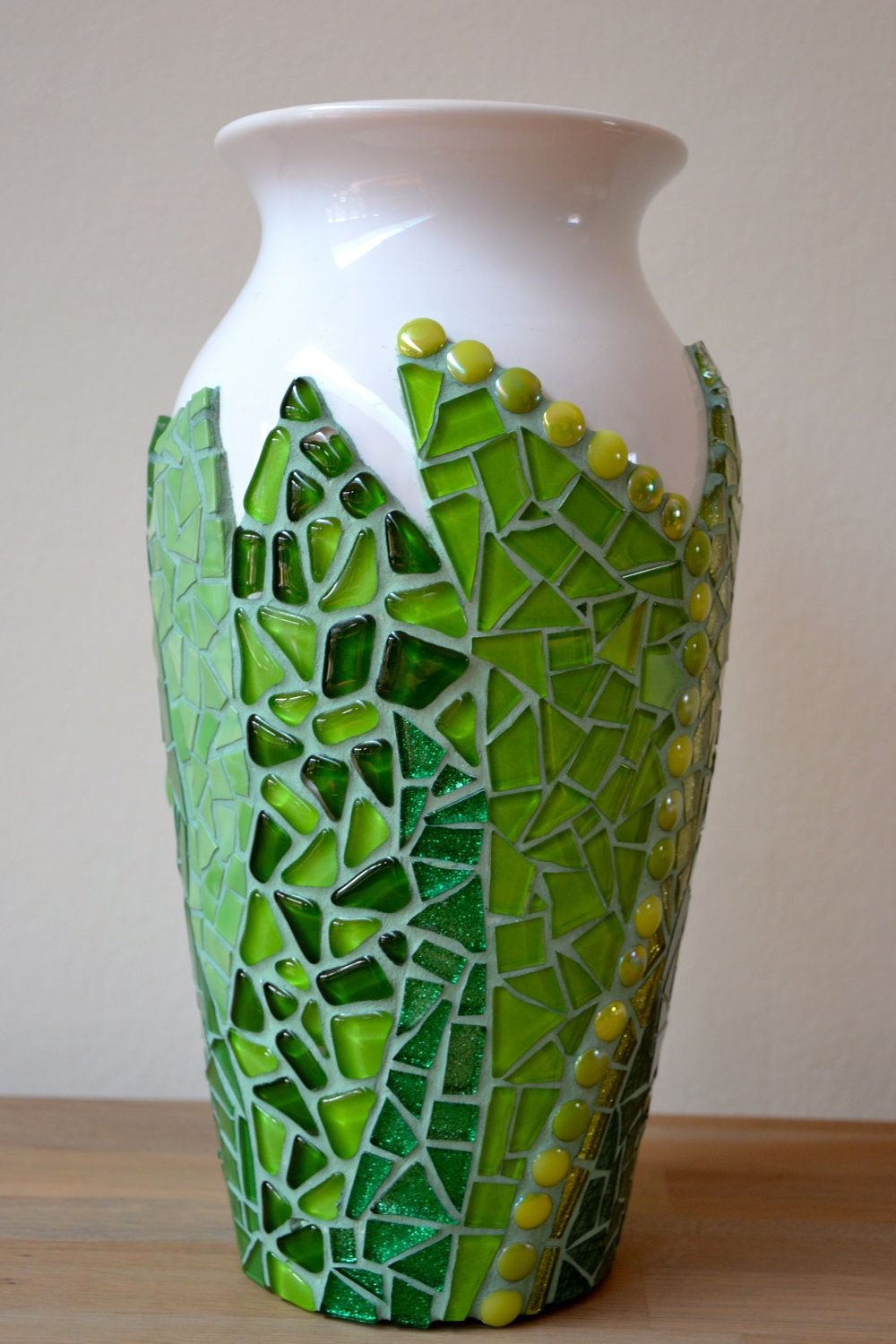

The sirens are depicted as mermaids or "tritonesses" in examples dating to the 3rd century BC, including an earthenware bowl found in Athens and a terracotta oil lamp possibly from the Roman period.

This combination became iconic in the medieval period, but some surviving Classical period examples had already depicted the siren as mermaid-like. Sirens are often used as a synonym for mermaids, and portrayed with upper human bodies and fish tails. Originally, sirens were shown as male or female, but the male siren disappeared from art around the fifth century BC. The tenth-century Byzantine dictionary Suda stated that sirens ( Greek: Σειρῆνας) had the form of sparrows from their chests up, and below they were women or, alternatively, that they were little birds with women's faces. They were often shown playing a variety of musical instruments, especially the lyre, kithara, and aulos. Later depictions shifted to show sirens with human upper bodies and bird legs, with or without wings. In early Greek art, the sirens were generally represented as large birds with women's heads, bird feathers and scaly feet.

They may have been influenced by the ba-bird of Egyptian religion. By the 7th century BC, sirens were regularly depicted in art as human-headed birds. It was Apollonius of Rhodes in Argonautica (3rd century BC) who described the sirens in writing as part woman and part bird. The sirens of Greek mythology first appeared in Homer's Odyssey, where Homer did not provide any physical descriptions, and their visual appearance was left to the readers' imagination. Moaning siren statuette from Myrina, first century BC


 0 kommentar(er)
0 kommentar(er)
